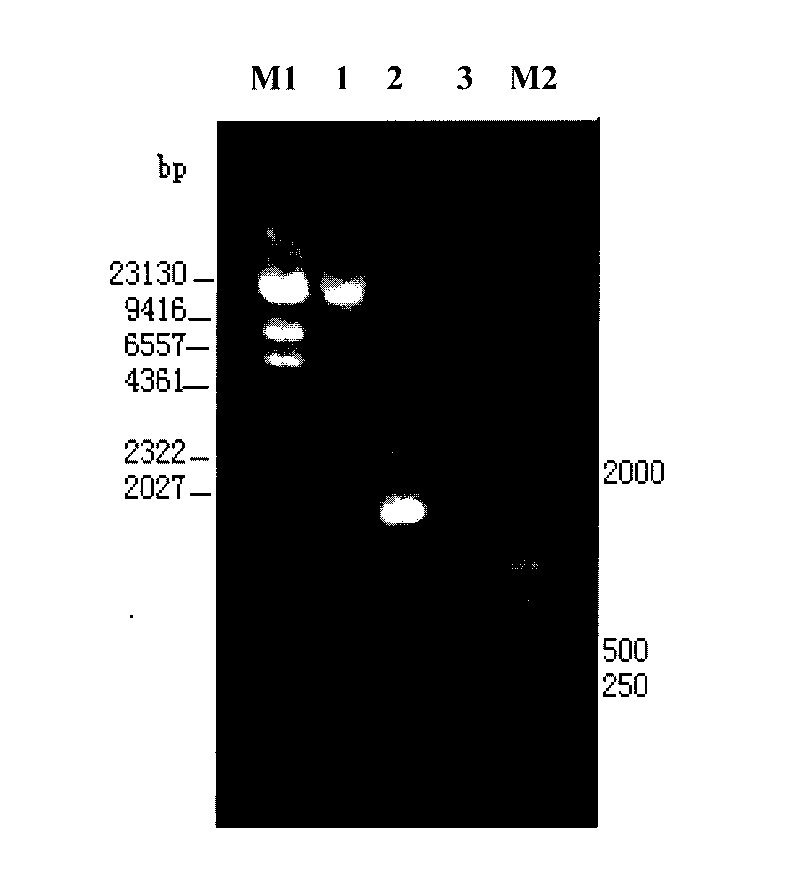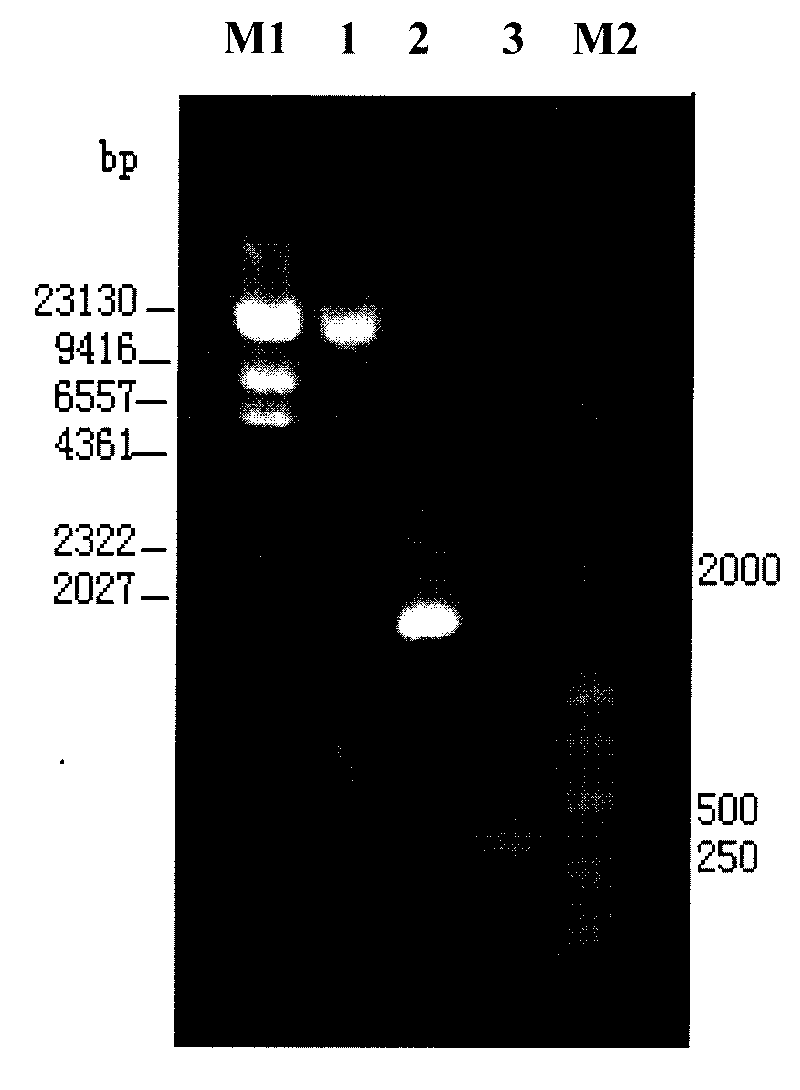Strong bacillus G25-1-2 and applications thereof
A technology of bacillus and bacillus, applied in the field of microorganisms, can solve the problems of nitrogen fixation function that has not yet been discovered, achieve the effects of nitrogen cycle and maintenance of higher productivity levels, good nitrogen fixation effect, and convenient long-term storage and transportation
- Summary
- Abstract
- Description
- Claims
- Application Information
AI Technical Summary
Problems solved by technology
Method used
Image
Examples
Embodiment 1
[0028] Example 1 Separation and purification of strains
[0029] The sampling location of this example is the seaweed (18°15′08.6”N; 109°30′51.1”E) grown after coral degradation in the Sanya Bay Coral Reef Reserve, Sanya City, Hainan Province, China. The main seaweed species is Thalassia hemprichii). After the samples are collected, each sample is classified and numbered separately, put into a sterile sealed polyethylene bag, placed in an ice box and taken back to the laboratory, and stored at -20°C.
[0030] Take the seaweed samples collected above, take the rhizosphere (ie leaf sheath and rhizome), cut into small pieces of about 2cm with sterilized scissors, and put them into selective nitrogen fixation liquid medium (the medium contains 25g NaCl, 0.56 KCl g, MgSO 4 -7H 2 O 4.8g, MgCl 2 -6H 2 O 4.0g, K 2 HPO 4 0.01g, FeSO 4 -7H 2 00.001g, Tris 0.48g, peptone 4.0g, yeast extract 2.0g, glycerol 2.0ml and distilled water 1L, final pH is 8.2) for enrichment culture (30℃, 180rpm, cons...
Embodiment 2
[0033] Example 2 Determination of nitrogenase activity of strains
[0034] The nitrogenase activity of the bacteria in this example was measured by gas chromatograph for the Acetylene-reducing Activity (ARA) of nitrogen-fixing bacteria (refer to Capone 1993, Capone DG (1993) Determination of nitrogenase activity in aquatic samples using the acetylene reduction procedure. Aquatic Microbial Ecology, 621-631).
[0035] Take 40 μL of the reacted gas and measure the peak value of ethylene on a GC-17A gas chromatograph (Shimadzu). The concentration of ethylene in the standard gas is 138 ppm. The working conditions of the gas chromatograph are set as follows: the detection room temperature is 100℃, the column temperature is 60℃, the injection port is 60, the column length is 1m, and the head carrier gas pressure is 0.95kg·cm. -2 , Hydrogen is 0.8kg·cm -2 , The air is 0.6kg·cm -2 . The calculation method of acetylene reduction activity is:
[0036] ARA(nmol C H·H -1 ·Culture -1 )=Vst×Cst×A...
Embodiment 3
[0044] Example 3 Strain identification
[0045] Template preparation: select the pure strain obtained in Example 1 for DNA extraction and purification. For the extraction and purification of the DNA, refer to Dongxiuzhu's "Manual for Identification of Common Bacterial Systems" P 409 The DNA extracted and purified is the template used for subsequent PCR amplification in this example.
[0046] 1. Amplification of nifH gene
[0047] The universal primer PolF / PolR (refer to Poly et al., 2001) of the nifH gene of nitrogen-fixing bacteria is used for PCR amplification:
[0048] PCR reaction system: the total system is 25uL, 1×PCR Buffer, 200umol L -1 dNTPs, 2.0mmol L -1 Mg 2+ , 1umol L -1 The primers, 4ug of BSA and 2.0U of Taq DNA polymerase, template 1ul.
[0049] PCR amplification conditions: pre-denaturation at 94°C for 5 minutes, denaturation at 94°C for 30s, annealing temperature at 55°C for 30s, extension at 72°C for 30s, and extension at 72°C for 10 minutes after 30 cycles.
[0050] Ta...
PUM
 Login to View More
Login to View More Abstract
Description
Claims
Application Information
 Login to View More
Login to View More - R&D
- Intellectual Property
- Life Sciences
- Materials
- Tech Scout
- Unparalleled Data Quality
- Higher Quality Content
- 60% Fewer Hallucinations
Browse by: Latest US Patents, China's latest patents, Technical Efficacy Thesaurus, Application Domain, Technology Topic, Popular Technical Reports.
© 2025 PatSnap. All rights reserved.Legal|Privacy policy|Modern Slavery Act Transparency Statement|Sitemap|About US| Contact US: help@patsnap.com



